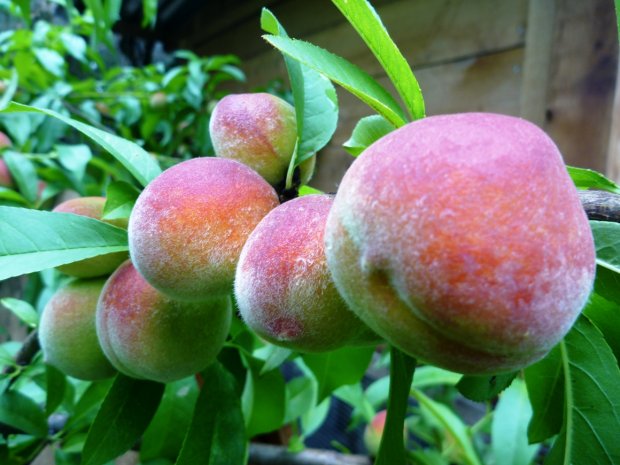Plant Nutrient Profile: Potassium
July 18, 2013
Fertilization and plant nutrients are often a mystery for many newbie gardeners...and experienced gardener's alike. While I find soil biochemistry and nutrient analysis fascinating, I'll bet that my soil chemistry books would substitute for sleeping pills for most. I get so many questions about fertilization and plant nutrients, I thought I'd start a series of plant nutrient profiles in order of importance. Don't worry, you won't have to read a thesis; I'll keep it simple and break it down easy so you can take the info and run with it in your own garden.
The third nutrient in the series: Potassium (K)

What does Potassium do? Potassium promotes flowers and fruits. Potassium helps with the formation of flowers and fruit, but it's also necessary for toughening growth, resistance to pests and diseases and drought and cold tolerance. Potassium deficiency is usually a problem on light sandy soils and is indicated by brown scorching on the leaves and curling of leaf tips.
When do I use Potassium? You can apply Potassium, or Potash (water soluble form of Potassium) in small amounts throughout the growing season, especially to veggie gardens and fruit crops. It is commonly applied to gardens, lawns and orchards as part of a balanced fertilizer. Greensand is a good organic amendment that includes Potash.
So, to keep it simple: Potassium = Flowers, Fruits & Vigor

